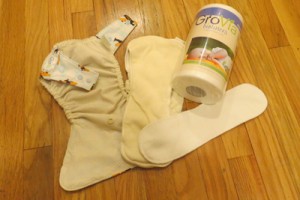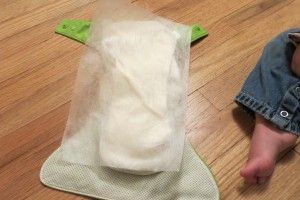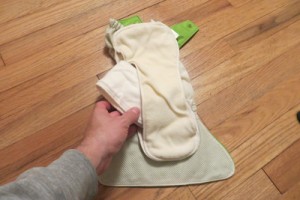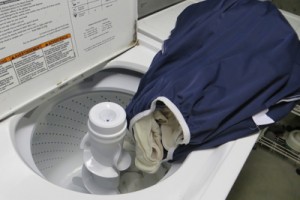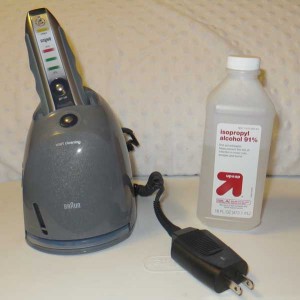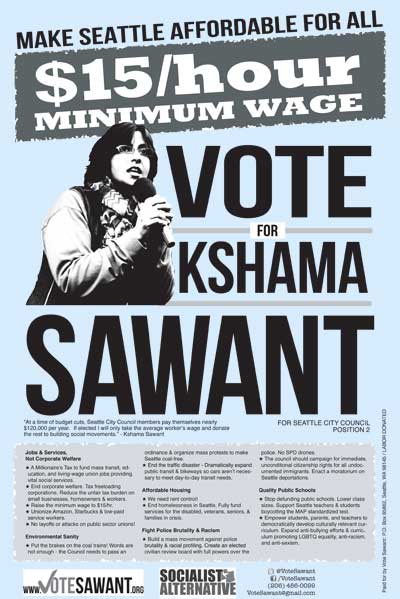We lowered our mortgage payment by more than $1,000 without refinancing. Here’s how to recast your mortgage
As I alluded to back in May in Save money with a tool library, there is some potential that we may decide to rent out our house for some period of time. We have a few different ideas in mind, some of which aren’t ready for public eyes. However, since we wisely chose a 10-year mortgage when we last refinanced our house, our payment has been large enough that we’d have negative cashflow at current market rates.
So we had a bit of a conundrum. We didn’t want to restart the clock on our mortgage term, but we wanted that payment to go down. Fortunately there’s an option that perfectly fit our needs and it could fit your needs as well.
Hold up! I suppose it’s time I explain myself. Since I’ve started this blog, I’ve simultaneously mentioned that I don’t have a mortgage payment and have also said that we’re still working on paying off our mortgage. How can both be true?
The answer is really pretty simple. Being several years older than my wife and because I had a chunk of change from selling some real estate a few years ago, we decided it made sense for me to pay off my half of our mortgage earlier so that I could move toward pretirement (although I still pay my share of the escrow costs). Pretired Mama had quite a bit more saving to go (although she’s far ahead of where I was at her age). But that’s why I had the freedom to quit my job and stay home with the baby (even though I’m still shy of being fully pretired). (I also have two more mortgage payments related to some property I own with my brother, but that’s a story for another day.)
Anyway, here was the situation on our house as 2013 was winding down:
- Mortgage (1st): $186,000 (10 year loan paid down from $251,000 — all of this is Pretired Mama’s debt)
- Mortgage (Home Equity Line of Credit): $10,000 (leftover from a deck we recently had built and some other stuff – half of this was my share)
The payment on the first was around $3,000 including escrow. The payment on the second is just $100 (the minimum it can drop to under the terms of this loan.) We could probably rent our house for somewhere around $2,500/month so we’d need to drop it a fair amount to get into positive cashflow territory.
Pretired Mama has been faithfully following my patented template for rapidly paying off a mortgage (seriously — check it out if you’re working on paying off your mortgage. I have yet to see anyone produce a more efficient way to get there quickly.) She had some $40,000 in side savings built up so we had some options. Originally we had planned to do a refinance later this year, but we realized we could get to the same place easily without paying any expensive fees.
Recasting — the easy way to lower a mortgage payment
The method is called “recasting your mortgage” and it may just be the biggest secret in the mortgage industry. A recast of your mortgage simply means the bank will reset the amortization clock based on your current equity situation plus any funds you may wish to bring to the table. The timeframe of the loan remains the same, only the principal drops. She had been paying roughly three years on a 10-year loan so effectively the recast was equivalent to starting a seven-year loan at the new balance.
The bank’s rules (a local credit union) were that you had to be in good standing on the loan and you had to have a minimum of $10,000 to apply toward the recast (either that much equity or cash you brought forward). The processing fee was $150. No appraisal, no credit check, no income check. All we had to do was making a principal payment, call the person in the special products department and tell her the payment had been made, sign and notarize some documents (called “loan modification agreement” — probably the same documents people use when the bank agrees to lower the principal for people who are underwater) and wait. It really was that easy. There was one other question I asked the woman from the bank: “So does our other debt have any impact on this process? For example, if we withdrew some money from our HELOC would that impact our ability to complete the recast?” She said, “No, we don’t look at that at all. You bring the money and we recompute the amortization. That’s it.”
The biggest hassle was trying to get notarized. The bank’s paperwork was unclear about whether we had to have a witness to the notarization or not so we wasted an extra hour with a bored baby at the bank trying to figure that out. (People were scowling at us as we dealt with the signature issue and I’m pretty sure they were assuming we were deadbeats trying to get a loan modification. Heh!)
So here’s how we ended up structuring things. I paid off my half of the existing HELOC ($5,000) as originally planned. Then, we actually pulled some additional funds out of the HELOC to combine with Pretired Mama’s side savings. So effectively, we brought $86,000 to the table from the bank’s perspective (even though half of it was their own money). The remainder on the first mortgage would be $100,000 and the HELOC would now have around $51,000.
When we were done, the loans looked like this:
- Mortgage (1st): $100,000 (still officially a 10 year loan, but with just seven years left — still all Pretired Mama’s debt)
- Mortgage (HELOC): $51,000 (this is now all Pretired Mama’s debt as well)
The new payment is $1,800 on the first (including escrow) and it’s still $100 on the second. Monthly savings of more than $1,000/month! So now we’re well below what we could get in rent and Pretired Mama should have the HELOC paid off in a year or less. From there she can either stay on the accelerated plan to pay off the first mortgage or she can shift over to rapidly building up her pretirement fund. Another interesting fact is that the bank said there is no limit to how many times you can recast. So it’s possible we could do one more of these before our loan term is done.
Will your bank allow you to recast your mortgage?
Since I was dreading the high costs and hassle of a refinance, I’m now in love with the recasting concept.
Unfortunately, not every bank is on board with letting you recast your mortgage. My brother and I tried it with another piece of property we own together and they told us they don’t offer this service. And why would they, really? They lose thousands in interest. The only advantage I can see from their perspective is that they retain your business vs. letting you refinance away to another company. But since we use a credit union that offers good service, it’s still an available product (although one they don’t advertise at all).
But if you’re in anything close to my situation, it’s worth a phone call to find out. With a sky-high stock market it can be tough to find a good place to put money. If you’re sitting on cash and are worried about buying at the top of an overpriced market, a recast could be a good solution. You could recast your mortgage, lower your payment significantly then invest the savings on monthly basis, thus dollar-cost-averaging your way into the market — all with less debt hanging over your head.
It made sense for us right now, but every situation is different. Be sure to do your homework. For me, though, I’ll be confirming any bank I take a mortgage from in the future offers a recast. I like having options.



